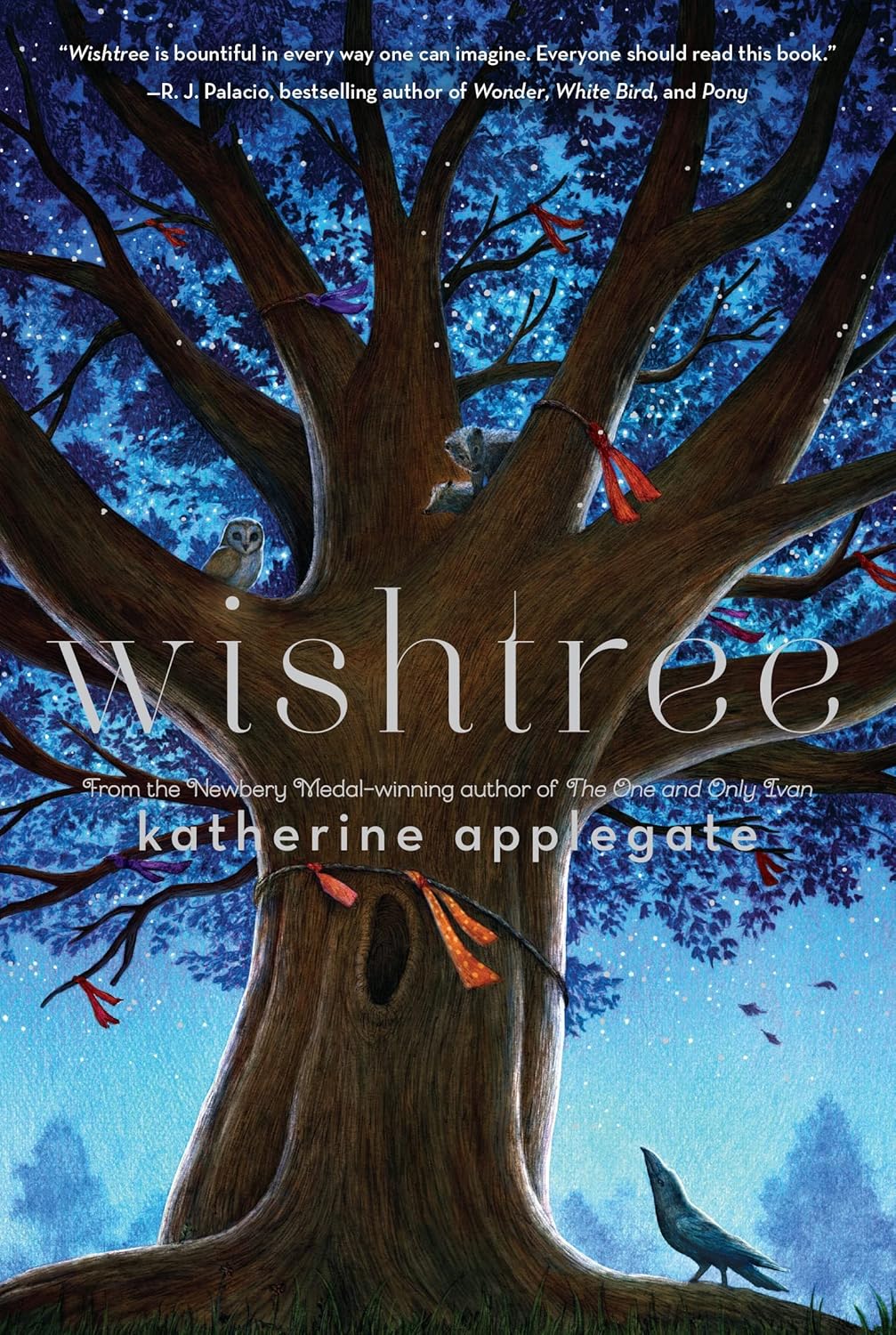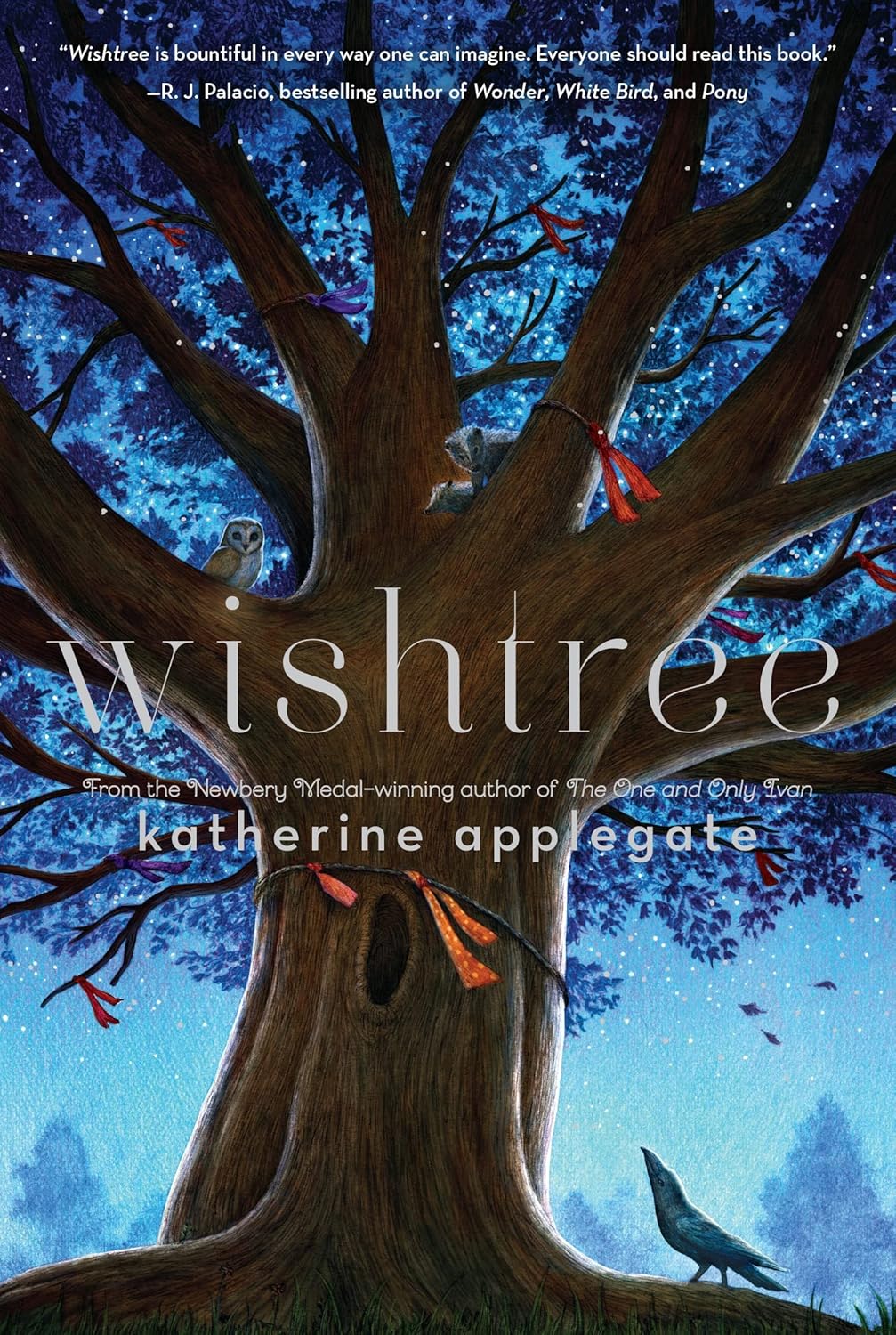As an avid reader, I find joy in exploring stories that delve into complex themes wrapped in simple narratives, and Katherine Applegate’s Wishtree does precisely that. This middle-grade novel centers around Red, a wise oak tree serving as the neighborhood’s “wishtree,” where locals hang wishes tied with cloth. As soon as I read the intriguing premise of a tree narrating the intertwined lives within a community, I was hooked.
From the outset, I appreciated the rich thematic layers woven throughout. The focus on kindness and inclusion resonated deeply with me, especially as Red observes a new family moving into the neighborhood and the challenges that arise. The juxtaposition of a tree’s enduring nature against the ever-changing dynamics of human lives is brilliantly captured in Applegate’s prose. I found that her ability to express big ideas, such as accepting diversity and the beauty of wishes, felt both heartwarming and profound, making it a suitable read for young audiences aged 8-11.
One of the standout aspects of the book is its humor and warmth. As mentioned in several reviews, including one by CeCeLibrarian, Red and the quirky animals who reside within its hollows provide a delightful mix of wisdom and levity. Especially amusing is Bongo, the crow, who becomes Red’s partner in their mission to foster community among the residents. This blend of light-hearted moments with deeper reflections on life allows the book to maintain a fast pace while still encouraging serious conversations about acceptance and empathy.
However, I did sense a couple of drawbacks that might affect some readers. While many have praised the book’s depth, others have noted that the simplicity of the plot could feel a bit lacking in suspense for those who crave action. As Kathy McKim pointed out in her review, the story does follow a quick arc, which, while serving its purpose, might leave some wanting more in terms of plot development. Similarly, I understand that some readers might struggle with the idea of a tree as a narrator; for a few, the anthropomorphism might seem a bit outlandish. Although I embraced this wonderful perspective, I can see how it might not resonate with every reader.
Furthermore, the discussions around the portrayal of diverse pronouns have ignited discussions that might detract from its enjoyment for some. As TC Books and More mentioned, the book has faced challenges for this reason. I personally found this aspect valuable, as it encourages dialogues around acceptance—something we need in literature today.
The narrative not only aligns with the official description of being “funny, deep, warm, and nuanced,” but it also offers real-life lessons about coexistence, patience, and the magic of wishes. Red’s reflections lingered with me, especially the thought that “Hollows are proof that something bad can become something good with enough time and care and hope.” These sentiments amplify the connection readers can have with the text.
In conclusion, Wishtree is a beautifully written tale that I wholeheartedly recommend to families and educators. Despite minor drawbacks regarding pacing and plot, its core messages about community and kindness shine brilliantly through. It is a perfect read aloud for classrooms or a cozy evening with your child, drawing out thoughtful conversations about respect and empathy for others. Katherine Applegate once again proves her ability to write compelling stories with a heart, and I’m eager to see what she crafts next. If you haven’t yet explored this world through Red’s eyes, I suggest you do—you might just find a wish of your own to tie to its branches.








